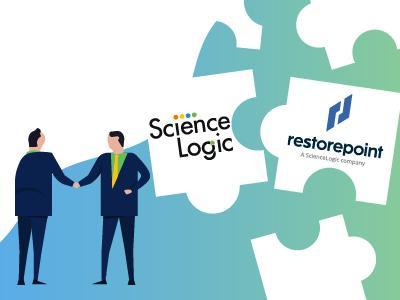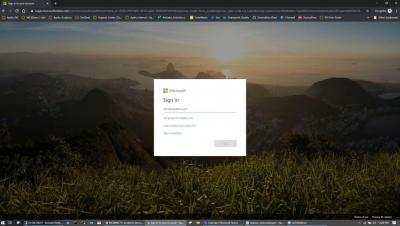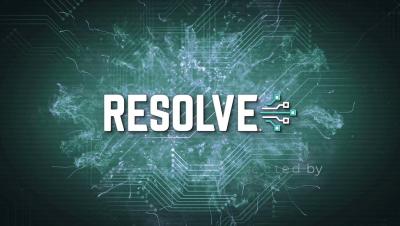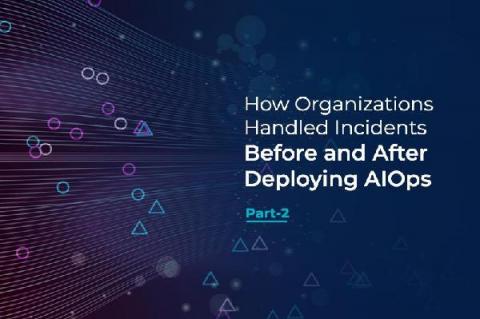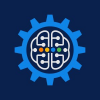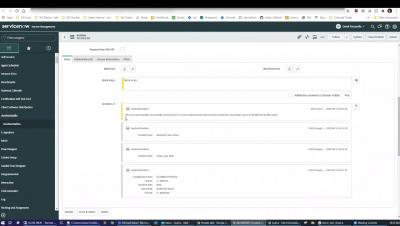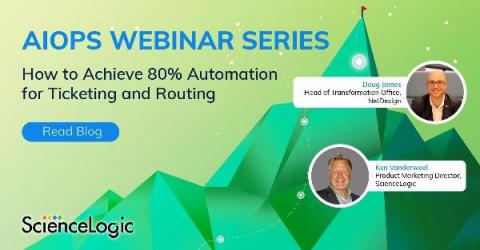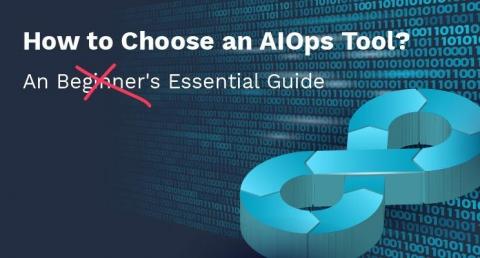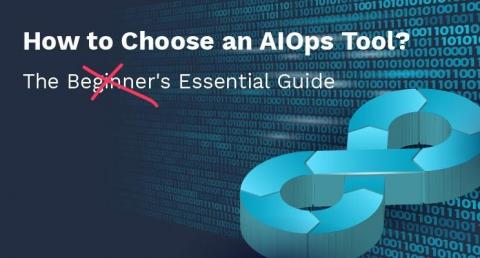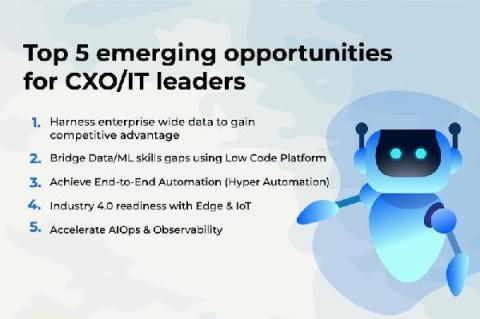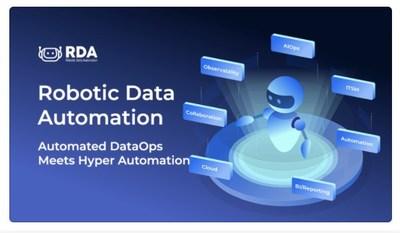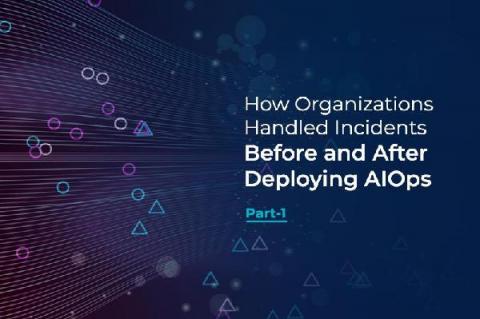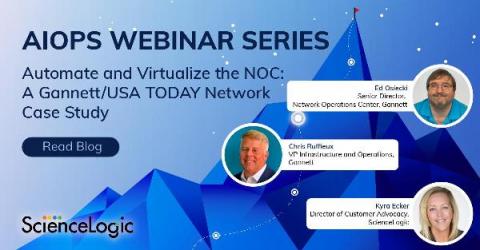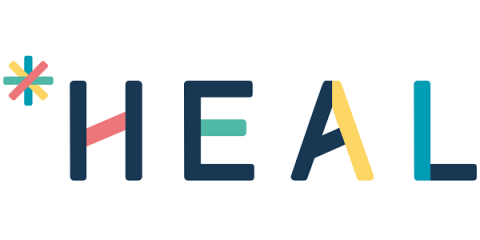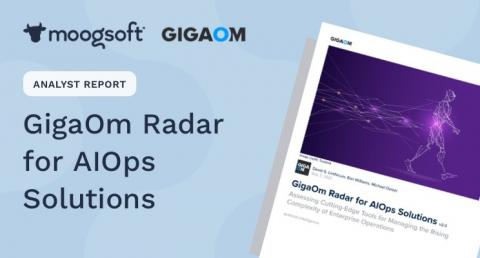Operations | Monitoring | ITSM | DevOps | Cloud
September 2021
ScienceLogic Acquires Restorepoint, Expanding Portfolio Into NetOps & SecOps Domains
Hi, my name is Erik Rudin, and I have the privilege of leading our technical alliances and ecosystem team here at ScienceLogic. We are excited to announce that ScienceLogic has acquired the network configuration and change management vendor Restorepoint. With this acquisition, we’re expanding our IT operations business into the Network Operations (NetOps) and Security Operations (SecOps) domains.
Reduce Onboarding Time
Investigation of AD Security Breaches
Slack with BMC Helix RemedyForce for Password Reset
Remediation of Incidents Detected by LogicMonitor
How organizations handled incidents before and after deploying AIOps - Part 2
GCPDisk via Slack Based on Splunk using PagerDuty
Taming Hybrid Cloud Complexity: One Platform for Monitoring Your IT Universe
Making Hybrid Infrastructure Monitoring Work For You
Active Directory DL Teams
Splunk Alert Remediation
Reduce Onboarding Time
News Roundup September 24, 2021
On this day in 1979, CompuServe (CIS) offered one of the first dial-up online services to the masses. It was the dominant internet service provider through the 1990s. By 1981, it had 10,000 subscribers. Within a decade, that number was in the millions. Speaking of how technology makes life easier, here’s the latest news in AIOps, ITOps, and IT infrastructure monitoring.
How to Achieve 80% Automation for Ticketing and Routing
Customer expectations and competitive responses to trends evolve faster than the technology your enterprise relies on. That means your ability to adapt faster than the competition and satisfy customer demands is your edge in a competitive marketplace.
How to Choose an AIOps Tool? An Beginner's Essential Guide
The shift to SaaS and next-gen container and microservices-based IT environments has made it clear that SRE, DevOps and IT operations teams need new solutions to do root cause, automation and observability. This blog summarizes the need for AIOps, how it works, its benefits and how to choose an AIOps tool.
Post Mortem Series: Jurassic Park, You Can Do DevOps Better
Moogsoft’s expert team has convened a DevOps post-mortem on behalf of Ingen, Inc and Jurassic Park. Sure, the park ran on “a UNIX system,” but where was their observability system? Did they really “spare no expense”? Read on for Jurassic Park's top 7 DevOps missteps.
How to Choose an AIOps Tool? The Beginner's Essential Guide
The shift to SaaS and next-gen container and microservices-based IT environments has made it clear that SRE, DevOps and IT operations teams need new solutions to do root cause, automation and observability. This blog summarizes the need for AIOps, how it works, its benefits and how to choose an AIOps tool.
Face Detection using Robotic Data Automation(RDA) in 4 mins
ScienceLogic Welcomes Seasoned Enterprise Tech Pro Todd McNabb as Chief Revenue Officer
Robotic Data Automation (RDA): Top 5 emerging opportunities for CXO/IT leaders
CloudFabrix is Recognized as a AIOps Leader and Fast Moving Innovator in GigaOm 2021 AIOps Radar Report
How organizations Handled Incidents Before and After Deploying AIOps - Part 1
The doctor is in: why domain agnostic AIOps is a necessity for diagnosis
News Roundup September 10, 2021
On this day in 1984, Canadian-American Alex Trebek made his first appearance as host for the daily syndicated version of Jeopardy!
Automate and Virtualize the NOC: A Gannett/USA TODAY Network Case Study
Mission creep is a phenomenon that occurs after a project begins and gains momentum, but then gradually grows beyond the original, intended scope. One day you wake up and realize that, instead of an efficient, manageable project, you’ve got a monster on your hands. For enterprises in the midst of dynamic growth, IT infrastructure is often beset by mission creep. The incumbent organization acquires smaller operations, integrates their technology, and soon things are out of control.
How to Clear Up Alert Storms by 90%?
Alerts are notifications from AIOps monitoring tools that indicate that there is an anomaly. IT teams get these alerts on their monitoring dashboard via emails or enterprise collaboration tools such as Slack or Teams. Service level agreements expect IT teams to analyze every alert within a specific timeframe and take appropriate action.
How to Control Alert Fatigue?
Alerts are indispensable to any IT operations system today. Site reliability engineers (SREs) or ITOps executives set up several monitoring tools for their IT landscape. When there is a change, high-risk action, or outage in any of these incidents, the monitoring tool triggers an automated alert. This could happen on the monitoring tool’s dashboard itself, via email, or enterprise collaboration tools like Slack or Teams.
The Five Data Pillars of Effective Root-Cause Analysis
The most effective way to understand an incident, resolve it and prevent it from occurring again is root-cause analysis. Simply put, root-cause analysis is the study performed by ITOps teams or site reliability engineers (SREs) to pinpoint the exact element/error that caused the unexpected behavior. Based on this, they plan remediation. Accurate and timely root-cause analysis can have a direct impact on the company’s top and bottom line.
AIOps: Time to Sit Up, Observe and Listen
GigaOm’s latest Radar for AIOps solutions has just been released and it makes for compelling reading for anyone trying to maximize organizational performance in our digital world. Particularly if you’re down with DevOps.



